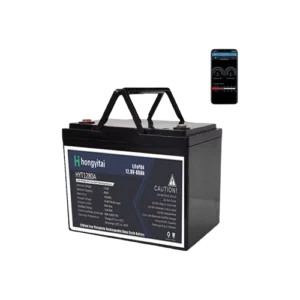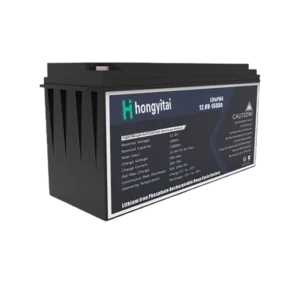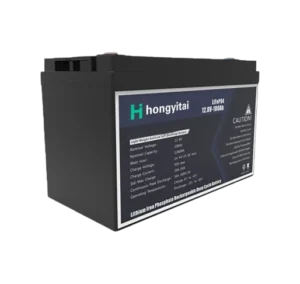12V 200Ah Battery
12V 200Ah LiFePO4 battery is a perfect replacement for lead acid, 2560Wh energy, EV A grade cells, 6000+ cycles @100%DOD. The actual available capacity is much higher than that of lead-acid batteries of the same specifications.
It is different from the starting power of the car. Real estate, boats, off-grid systems, these occasions need our deep cycle batteries. They are designed to provide stable power for a long time and can be frequently deeply discharged and then fully charged.

12.8V 200Ah LiFePO4 Battery Specs
-
Work Voltage Range 10.8~14.6V
-
Nominal Voltage 12.8V
-
Nominal Capacity 200Ah
-
Rated Energy 2560Wh
-
Max Discharge Power 1280W
-
Standard Charge Current 40A
-
Recommend Charge Current ≤80A
-
Max Charge Current 100A
-
Recommend Discharge Current ≤100A
-
Max Continue Discharge Current 100A
-
Peak Discharge Current (10S) 200A
-
Resistance ≤10mΩ
-
Lifespan (25℃,0.5C,80%DOD) >6000
-
Waterproof IP65
-
Weight 23Kg
-
Size (Length * Width * Thick) 522*240*218mm
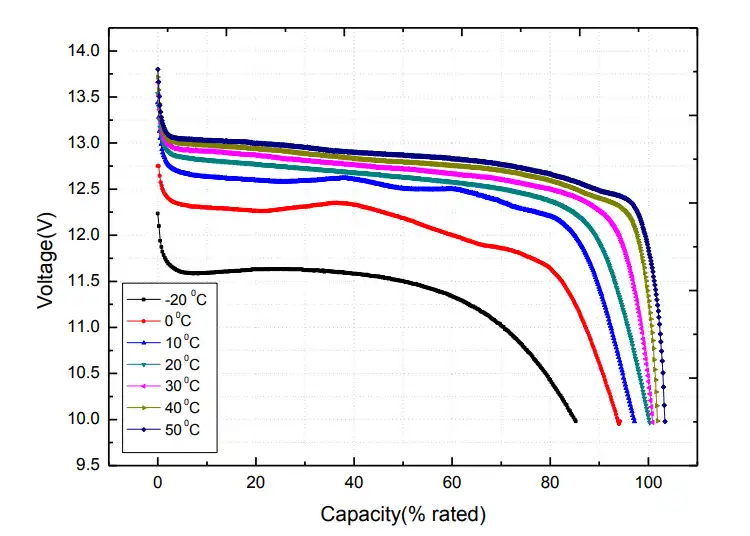
Hongyitai Batery Discharge Curve
12V 200Ah deep cycle battery discharge chart
Left image is 12.8V 200Ah lithium iron phosphate battery discharge curve chart.
200Ah battery types compared: lead-acid vs. lithium
Our lithium iron phosphate battery has obvious advantages over lead-acid batteries. You may be using the kind of maintenance-free lead-acid batteries that are water-added, or AGM or colloid batteries, right? Those batteries have their uses, but when compared with our lithium iron phosphate batteries, the gap is obvious.
Lifespan: Lead-acid batteries can last for two or three years, and can be charged and discharged hundreds of times. Our lithium iron phosphate batteries can last for eight to ten years, and can be charged and discharged thousands of times.
Weight: If you install it in a caravan or boat, you will feel it most obviously. With the same 200Ah, our battery is more than half lighter than lead-acid! A light car saves fuel, a light boat is easier to drive, and it is also convenient to carry.
Size and power: Our lithium iron phosphate battery has a high energy density and can hold more electricity in the same volume, or in other words, we have a smaller volume for the same power.
Efficiency: Especially if you charge with solar energy. Lead-acid batteries have large charge and discharge losses, with about 15-20% of the power wasted. Our lithium iron phosphate batteries have an efficiency of more than 95%, and you can use almost as much as you charge.
Charging speed: Lead-acid batteries charge slowly, but ours can charge quickly, several times faster, saving a lot of time.
Intelligent protection: Every battery has a brain, the BMS, which can automatically prevent the battery from overcharging, over-discharging, and short circuit protection.
| Feature | Lead-Acid (FLA, AGM, Gel) | LiFePO4 (Lithium Iron Phosphate) | Advantage of LiFePO4 |
|---|---|---|---|
| Weight | Heavy (e.g., 110-150 lbs / 50-68 kg) | Light (e.g., 45-65 lbs / 20-30 kg) | Significant Weight Reduction (~50-65%) |
| Cycle Life | Low (300-1000 cycles @ 50% DoD typical) | Very High (3000-7000+ cycles @ 80-100% DoD) | Much Longer Lifespan (5-10x or more) |
| Usable Capacity | Limited (Often only 50% DoD recommended) | High (80-100% DoD is common) | More Available Energy per Ah |
| Energy Density | Lower | Higher | More Energy in Less Space/Weight |
| Round-Trip Efficiency | Moderate (~80-85%) | Very High (~95%+) | Less Energy Wasted During Charging |
| Charging Speed | Slow (Limited charge acceptance rate) | Fast (Can accept high charge currents, 0.5C-1C+) | Much Faster Recharging |
| Maintenance | Required (FLA: Watering; All: Terminals) | None (Sealed, no watering needed) | Maintenance-Free Operation |
| Self-Discharge Rate | Moderate (Higher than LiFePO4) | Very Low | Holds Charge Longer in Storage |
| Safety | Moderate (Acid spills, H₂ gassing risk) | High (Stable chemistry, no gassing, BMS) | Inherently Safer, Enhanced by BMS |
| Built-in BMS | Typically No | Yes (Standard Feature) | Protects Battery & Ensures Safety |
| Operating Temperature | Moderate Range, Performance Drops in Cold | Wider Range, Better Cold Temp Performance (with heating if needed) | More Versatile Performance |
| Upfront Cost | Lower | Higher | – |
| Lifetime Cost (TCO) | Higher (due to replacements) | Lower (due to longevity & efficiency) | Better Long-Term Value |
Why upgrade to 12V 200Ah deep cycle battery
The initial purchase cost of our batteries is higher than lead-acid batteries, but we need to consider the long cycle life and maintenance costs of deep-cycle batteries. You can calculate it according to this formula: (battery price + maintenance cost) divided by (total amount of electricity that the battery can actually use = available capacity x number of cycles). From the perspective of cost per kilowatt-hour, lithium iron phosphate has an advantage.
After switching to LFP batteries, the battery life is greatly extended, allowing you to have more fun, go further, and completely get rid of battery anxiety.
Batteries are much lighter, so cars may be more fuel-efficient and boats more maneuverable.
The charging speed is faster. It may have taken a whole night to charge before, but now it only takes 3 to 4 hours, which greatly saves waiting time.
The most worry-free thing is that you don’t have to worry about maintenance. Once installed, forget about its existence and just use electricity.
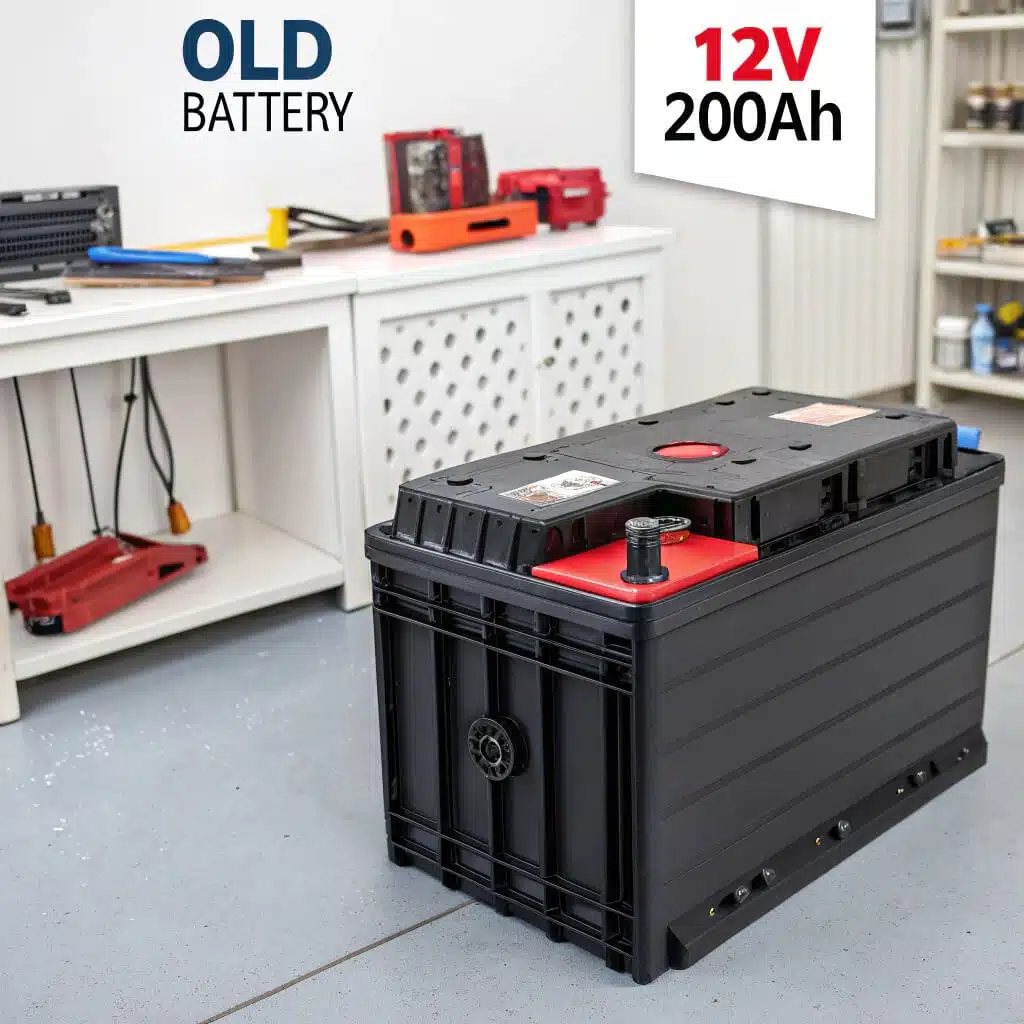
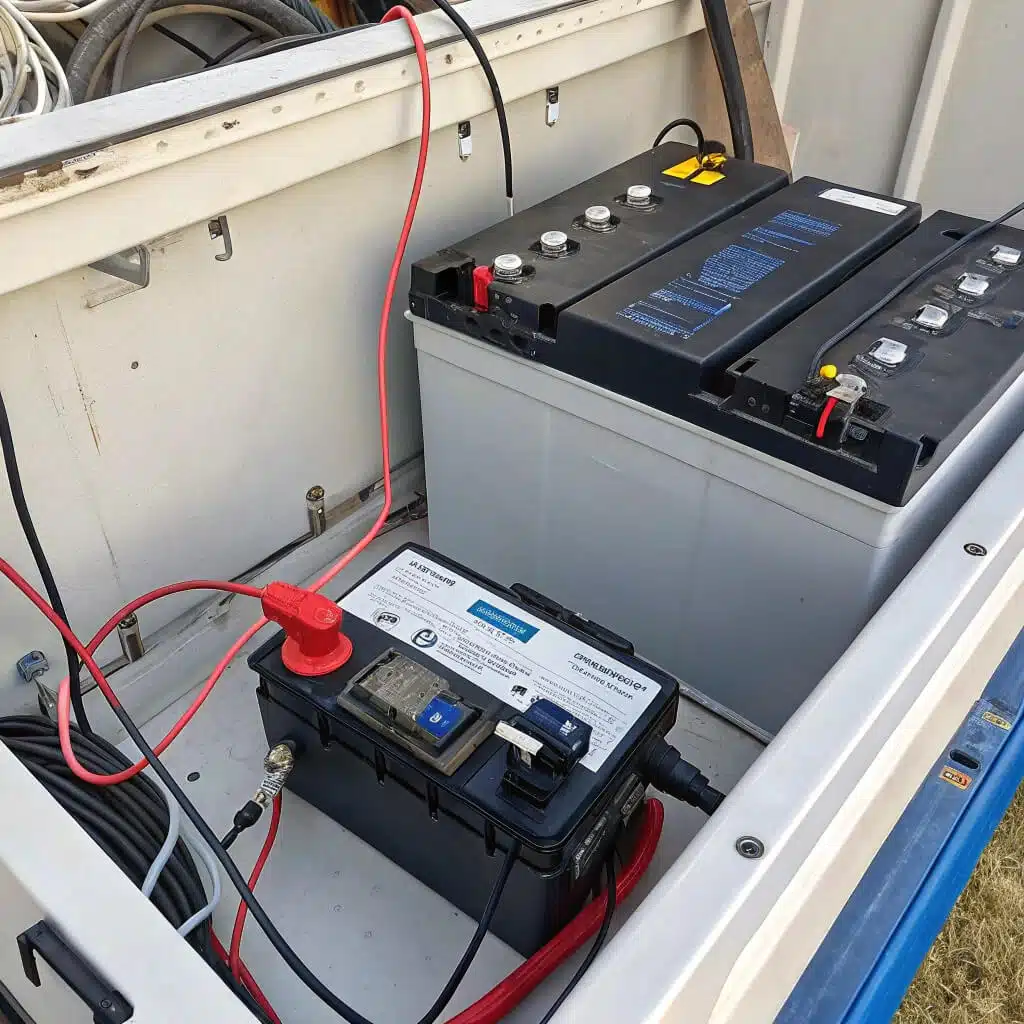
Installation, charging & system compatibility
Hongyitai 12.8V 200Ah battery is designed to be directly replaceable in many cases. For example, common lead-acid batteries on the market such as Group 24, 27, 31, GC2, so you can quickly determine whether they can be directly placed in the original battery compartment.
Because of its light weight, it is much easier to carry and install than lead-acid. Lithium iron phosphate does not require special ventilation, and ours is a metal sheet metal shell, so the installation location is more flexible.
You need to use a charger with a dedicated LiFePO4 (lithium iron phosphate) charging mode, or directly buy a dedicated charger for lithium iron phosphate. The float voltage of a traditional lead-acid charger is too high for lithium iron phosphate, and long-term float charging will damage the battery life.
If charging via solar energy, the charging parameters of lithium iron phosphate need to be set in the controller.
Generally speaking, the positive and negative wiring methods are similar to lead-acid. However, you should check the specifications (thickness) of the cables. Because lithium iron phosphate can accept and output higher currents than lead-acid.
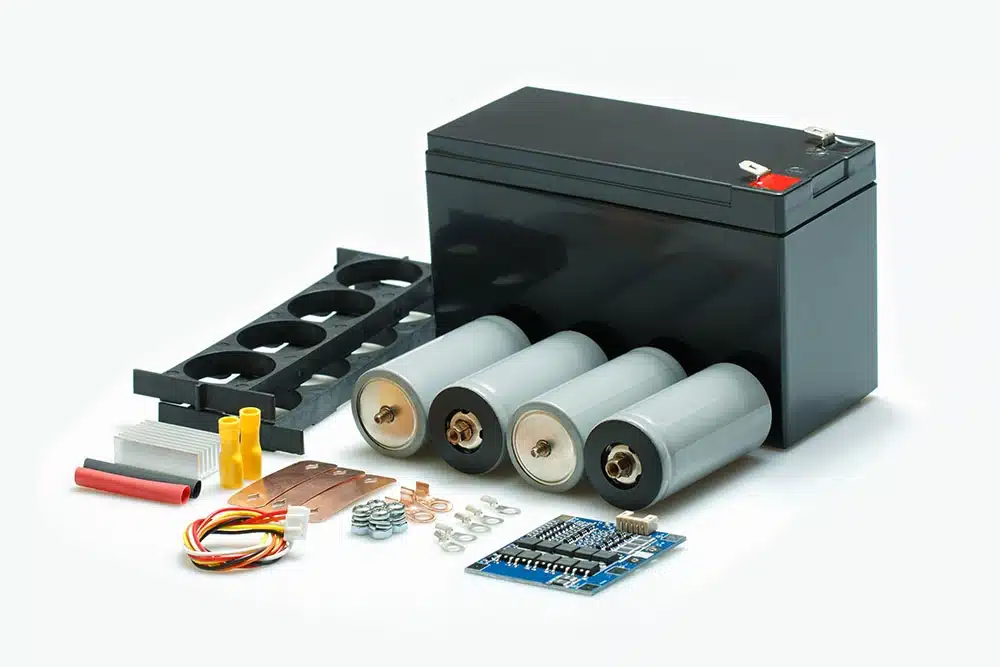
How we manufacture lifepo4 battery 12v 200ah
- Matching set of best LiFePO4 cells. For a 12V 200Ah battery, we prepare 4 cells in series, each with a nominal voltage of 3.2V and a capacity of 200Ah.
- Series the cells in series positively to each other to achieve a nominal voltage of 12.8V. Connect the batteries using nickel strips and a spot welder.
- Install a battery management system (PCM) to prevent overcharging, over-discharging and short circuit protection. Select a BMS with a nominal voltage of 12V and a continuous current of at least 100A.
- Solder the protection plate in the P+,P- position.
- Sheet metal enclosure to house the battery and BMS. cells and batteries need to be insulated.
- Install terminal connectors, fuses and any monitoring displays.
- Perform initial charge/discharge and testing to verify proper operation and capacity.
FAQs for 200Ah 12V deep cycle battery
The life of a 200Ah LiFePO4 battery depends on the load power. If charging a 100W device, the operating time is: 12.8V * 200Ah / 100W = 25.6H.
Under normal use, the life of a 200Ah LiFePO4 battery is usually between 5 and 10 years.
If you need long-term operation and simple maintenance, choosing a 200Ah lithium battery may be a better choice.
On the contrary, if you want to be able to flexibly adjust the capacity, two 100Ah lithium batteries are also a viable solution.
Overall, which configuration to choose depends on your specific needs and usage scenarios.
You don't have to replace all of them, but you must check to confirm compatibility. Your AC charger (mains charging) and solar controller must have a dedicated charging mode for LiFePO4 (lithium iron phosphate).
This is roughly equivalent to the capacity of a 400Ah lead-acid battery. This is because lithium iron phosphate batteries can safely discharge 80-100% (or even more) of their rated capacity, while lead-acid batteries are generally recommended to only use 50% of their capacity in order to ensure their lifespan.
Get in touch
Get the 12V 200Ah Lifepo4 battery price today
We will get back to you within 1 working day. And we are able to provide compatible charger for you.
